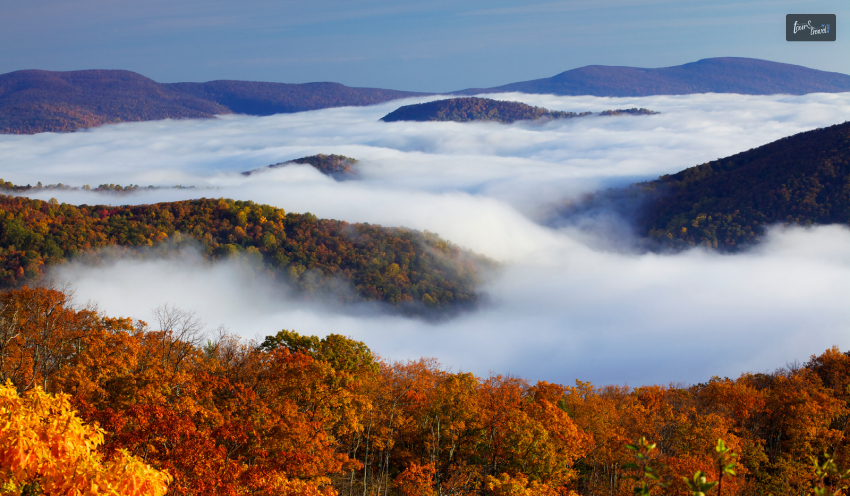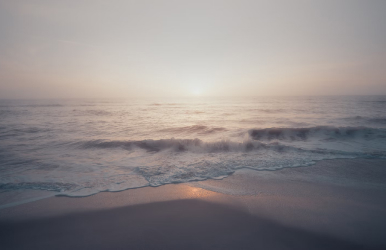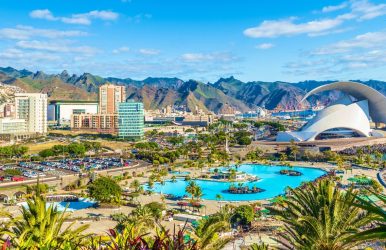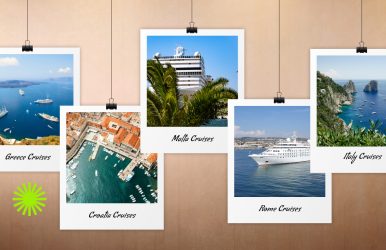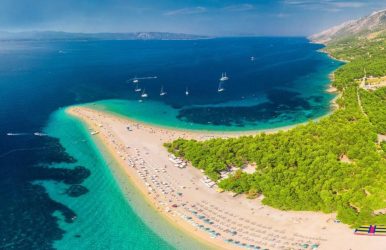Unforgettable Island Adventures: Things To Do In Tenerife
BY Abdul Aziz Nov 24, 2023
The Canary Islands, including Tenerife, are genuinely exceptional places on earth. Because of the island's volcanic and windy nature, volcano hikers and daring beach and watersports enthusiasts flock to it. Tenerife, which boasts a varied landscape and a warm winter climate, attracts millions of adventure seekers each year. March to May or September to November are the ideal times to visit Tenerife. Nonetheless, Tenerife is a fantastic destination all year round due to its subtropical climate, providing sunshine all year round. This Tenerife travel guide will walk you through all the hidden gems and unique locations while driving and hiking the island. Additionally, it will provide you with plenty of helpful advice on transportation for the best travel experiences. Here are some of the best things to do in Tenerife. Let’s GO! Overview timeout.com Tenerife is an island that was once part of the Spanish-ruled Canary Islands. It is home to the archipelago's principal economic hub. It is situated 300 kilometers in the Atlantic Ocean off the coast of West Africa. The flight from Dublin or London takes about four hours. Tenerife, Gran Canaria, Lanzarote, Fuerteventura, La Palma, La Gomera, and El Hierro are the seven islands that make up the Canary Islands Archipelago. On the island, there are two international airports: South-Reina Sofia Airport (TFS), Los Rodeos in the North – Aeropuerto de Tenerife Norte-Ciudad de La Laguna (TFN). The island's moderate tropical climate draws tourists all year long. The year-round average temperature is 26–27 centigrade during summers and 19–20 centigrade during winters. Two nearby islands, Lanzarote and Fuerteventura, are thought to be the windiest Canary Islands. However, Tenerife is a haven for surfers and wave lovers due to its relatively windy climate. Tenerife is home to some amazing sights and exhilarating adventures in addition to its vibrant nightlife and gorgeous girls. Here are some activities, sights, and things to do in Tenerife that you should definitely include on your itinerary. Things To Do In Tenerife production.imgix.net Teide National Park: Don't forget to see Mount Teide, Spain's highest mountain. Experience breathtaking panoramic views by riding the cable car to the summit. Masca: Take in the quaint village of Masca, which is surrounded by breathtaking mountain scenery. Take a boat ride from Los Gigantes to see the ravine's beauty from the water, or hike through its picturesque ravine. Watching whales and dolphins in their natural habitat: Take a boat tour to witness these amazing animals. It's a once-in-a-lifetime opportunity that will bring some magic to your guys' vacation. Water Sports: Exhilarating water sports such as jet skiing, parasailing, and even scuba diving will make your heart race. The pristine waters of Tenerife are your playground. Quad Biking: Take a daring quad biking adventure through Tenerife's rough terrain to unleash your inner explorer. Explore off the beaten track and unearth hidden treasures. Things To Do In Tenerife: Beaches Like all the Canary Islands, Tenerife is a volcano. Tenerife has a small number of stunning black-sand beaches, one of which you should definitely visit! These three stunning beaches in Tenerife have golden sand: La Tejita Beach is a magical beach that's close to La Tejita town and South-Reina Sofia Airport (TFS) on the southern part of the island. Las Teresitas (on the left photo) is a town on the eastern side of Tenerife, about 12 km from the capital city of Santa Cruz de Tenerife and 20 km from the northern airport. A lovely beach with lots of tourists. Southwest of the island, at Las Vistas Amazing beaches with black sand in Tenerife: The photo on the right depicts Los Gigantes Benijo Playa del Castillo Playa El Bullullo; scroll down to see Restaurante Bollullo Beach! Things To Do In Tenerife: Nightlife pinimg.com Let's talk about the vibrant nightlife and delectable food scene, which are the lifeblood of any lad's vacation. There are plenty of hotspots in Tenerife that can keep the party going and satisfy your palate. Take a look at these dining and entertainment options: Veronicas Strip: For guys looking for a wild night out, this storied party area in Playa de las Americas is a must-visit. It's the place to be for an amazing evening, full of clubs, bars, and gorgeous people. Papagayo Beach Club: One of the finest parties on the island is held at this beachside club, where you can dance the night away. Papagayo is a surefire hit thanks to its amazing ocean views and stellar DJ lineup. Monkey Beach Club: This vibrant location offers a variety of live music events, DJ sets, and themed parties. Drink cool cocktails and socialize with visitors and locals alike. Things To Do In Tenerife: Food tenerifewhattodo.com Taste a range of authentic Spanish tapas dishes at Tapas Alley in La Laguna. Treat yourself to a culinary adventure there. It's a fantastic way to refuel before going out. San Telmo Night Market: Visit Puerto de la Cruz every Tuesday and Sunday to take in the lively San Telmo Night Market. Numerous street food vendors will be present, serving up delectable delicacies from all over the world. Seafood Feast At Los Abrigos: Indulge in a delectable seafood feast at Los Abrigos, a charming fishing village. Savor local specialties like grilled octopus and fresh fish while taking in breathtaking views of the ocean. You'll need a cozy spot to unwind and refuel after an exciting day and evening of partying. There are several lodging options in Tenerife to fit every taste and budget. Look at these recommendations: Things To Do In Tenerife: Luxury Hotels Experience the ultimate in luxury at the Hard Rock Hotel Tenerife, a legendary establishment renowned for its opulent amenities, breathtaking ocean views, and rock 'n' roll atmosphere. Tenerife has good lodging options. This means it won't be difficult for you to enjoy a little luxury while visiting. Situated slightly outside of a popular tourist area, La Casa Nova Hotel & Restaurant is a special location. It costs between $60 and $70 per night, which includes a full breakfast. The hotel had a very lovely pool with baldachin beds; it was a very appealing location. Bahía del Duque: This five-star resort offers a range of opulent amenities and top-notch service, combining elegance and natural beauty. Things To Do In Tenerife: Budget-Friendly Hotels bstatic.com Los Amigos Hotel: Perfect for lads on a budget, this friendly hostel in Playa de las Americas offers affordable accommodation, a sociable atmosphere, and a central location. Tenerife Ving: Situated in Puerto de la Cruz, Tenerife Ving provides comfortable and budget-friendly apartments, ideal for lads looking for a cozy base. Booking.com: Check out Booking.com's extensive selection of apartment rentals. You'll find a wide range of options to fit your needs and budget, from chic city apartments to contemporary beachfront apartments. Wrapping Up Tenerife's breathtaking scenery, exhilarating experiences, exciting nightlife, and delectable cuisine are waiting for you. This sun-drenched paradise has it all, whether you're exploring the island's natural wonders or going out for an incredible night on the town. Gather your friends, prepare your belongings, and get set up for the trip of a lifetime for the guys. Now that you know all the things to do in Tenerife, it's time to pack your bags. If you have thoughts to share or questions to ask, please leave a comment below. We would love to hear from you! Read Also: Brighton Bliss: Crafting Your Perfect Coastal Getaway Itinerary Hidden Gems: Unearthing The Best Things To Do In Nottingham Things To Do In Leeds: Dive Into The Dynamic Heart Of Yorkshire

